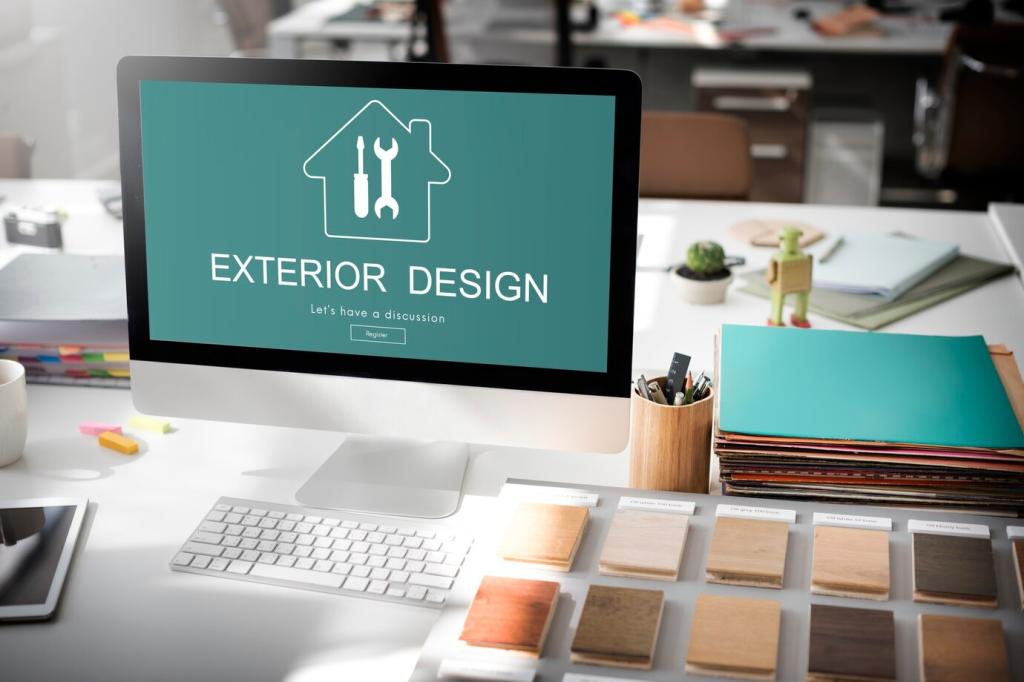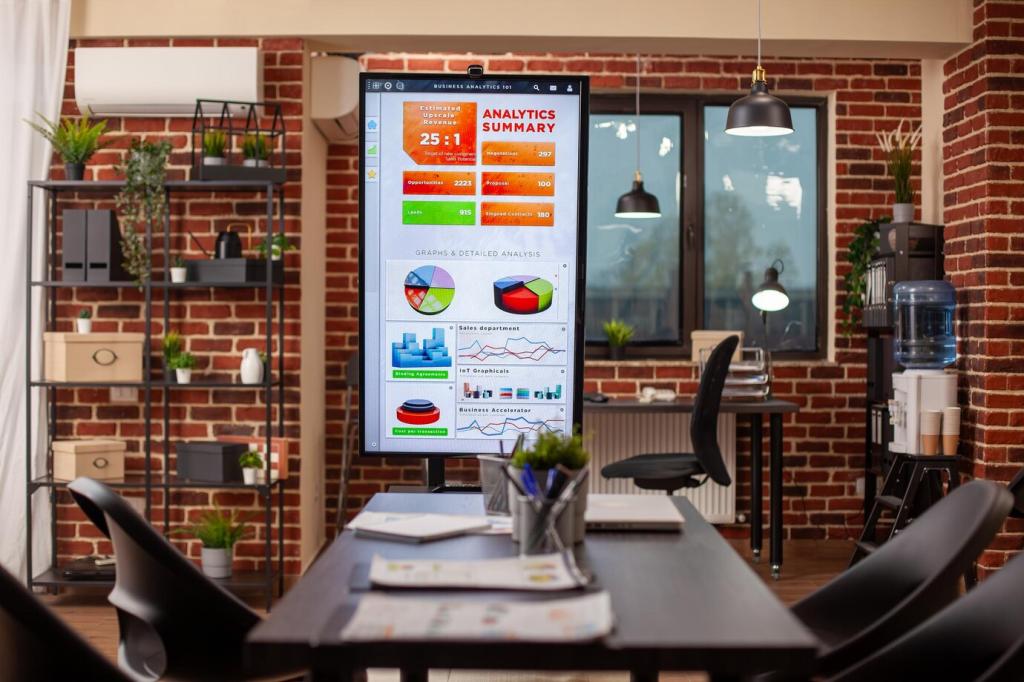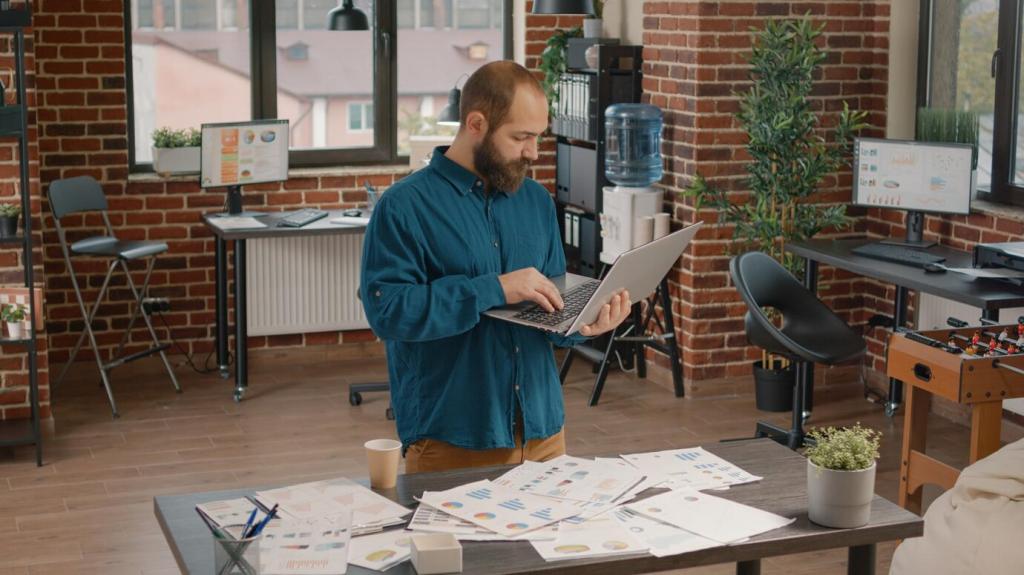Technical Foundations Without Dimming Aesthetics
Implement modern formats like AVIF or WebP, lazy-loading galleries below the fold, and properly sized thumbnails. These steps reduce bloat while keeping grain, shadow, and patina intact, improving experience and strengthening organic visibility over time.
Technical Foundations Without Dimming Aesthetics
Group projects by typology, style, and location. Link related pieces like concept sketches, sourcing notes, and finishes. This creates topical clusters that search engines understand and visitors love to explore, increasing dwell time and depth.









